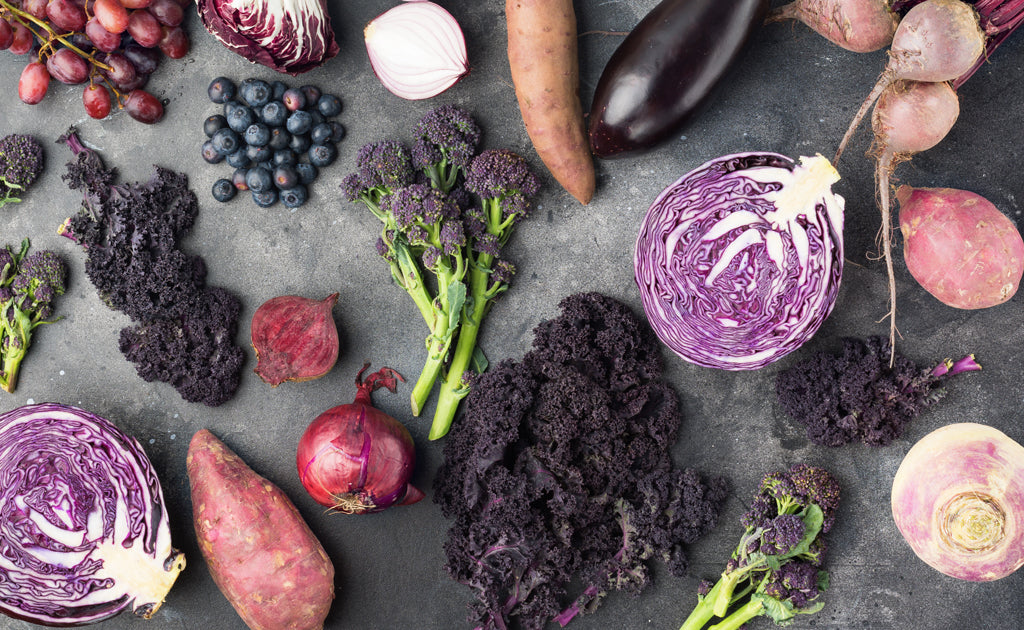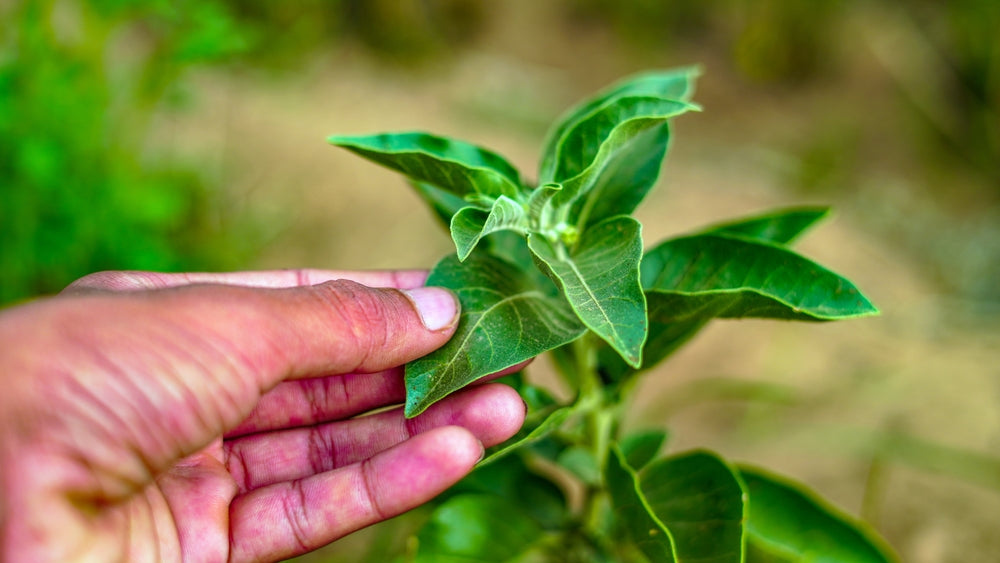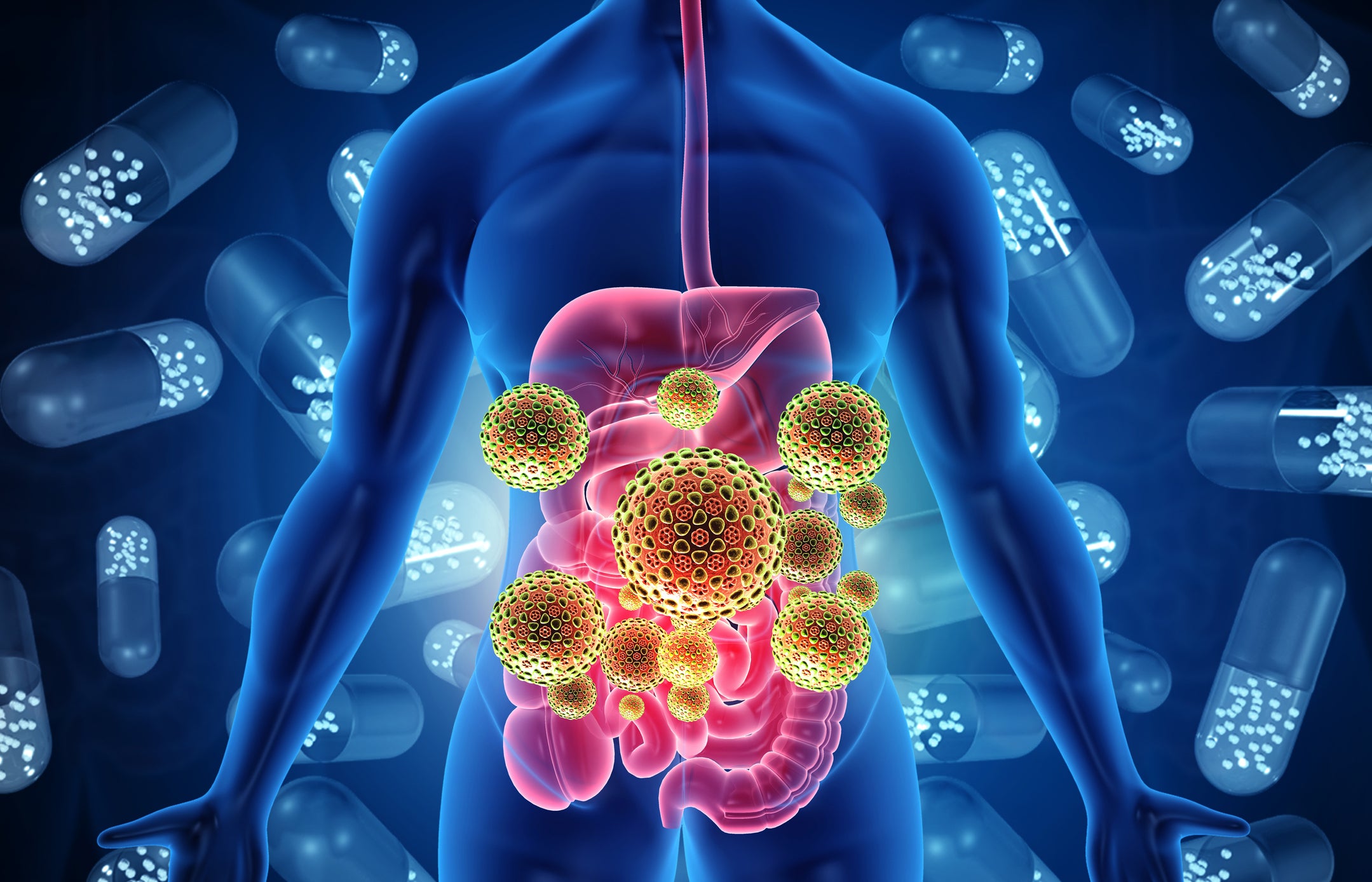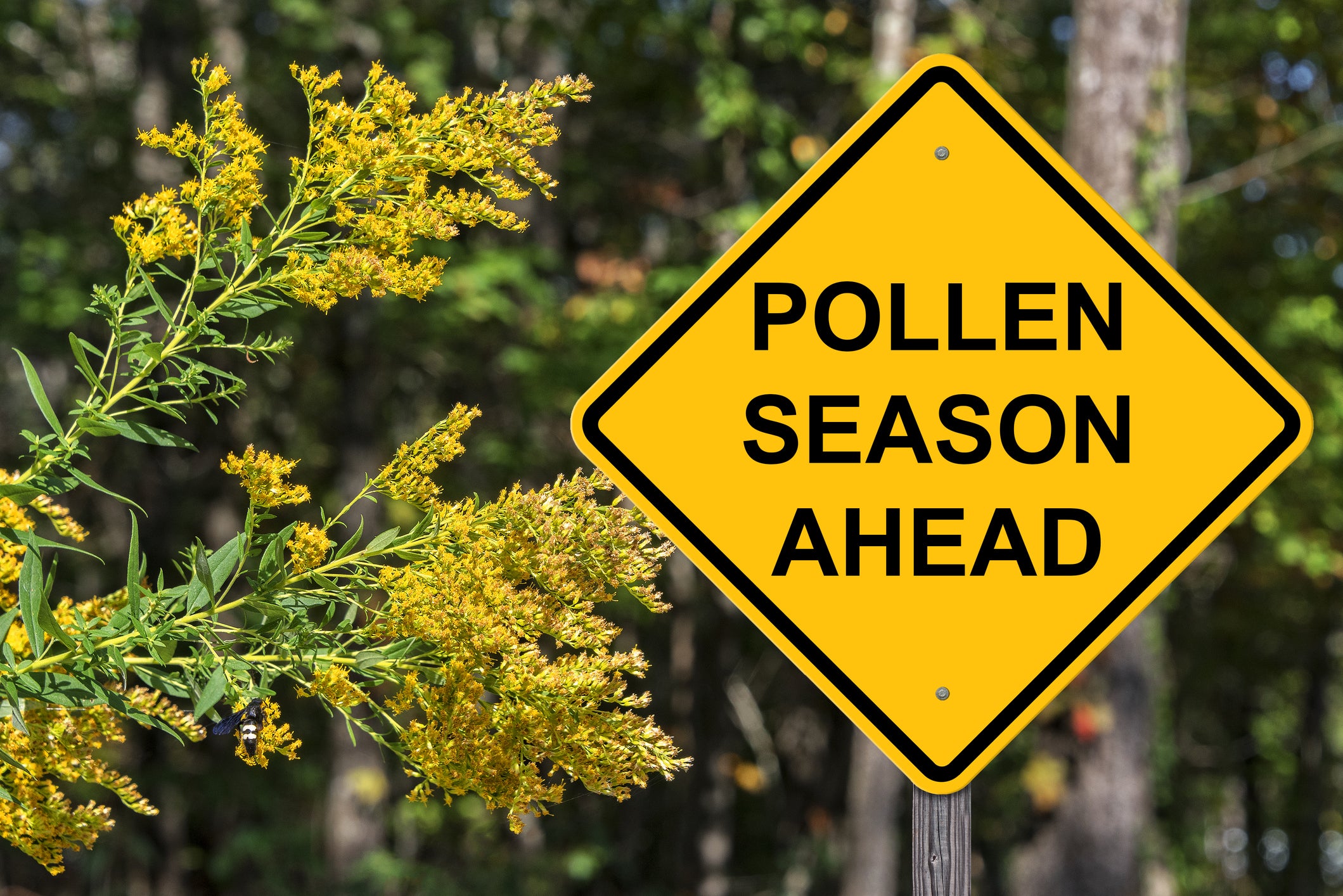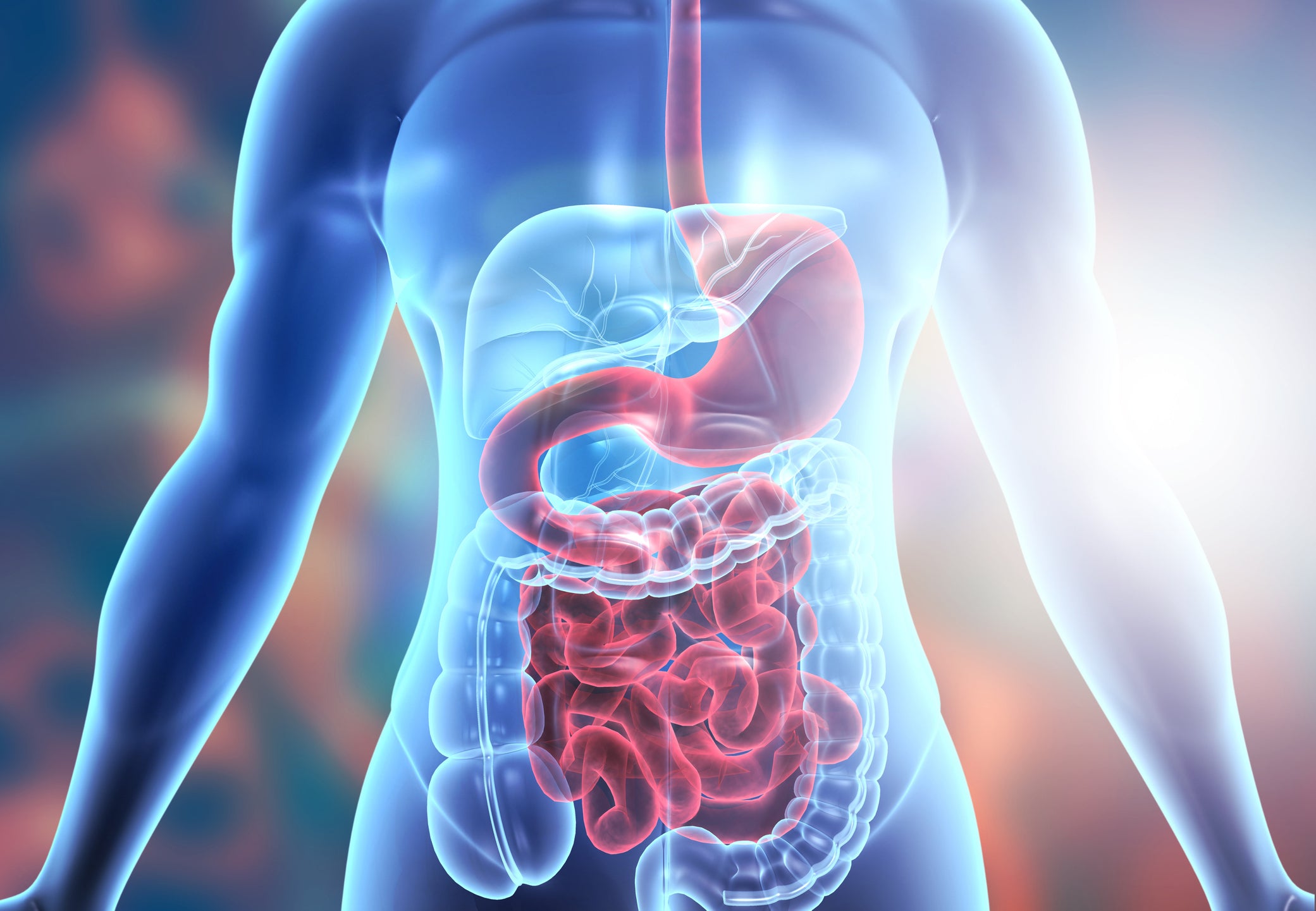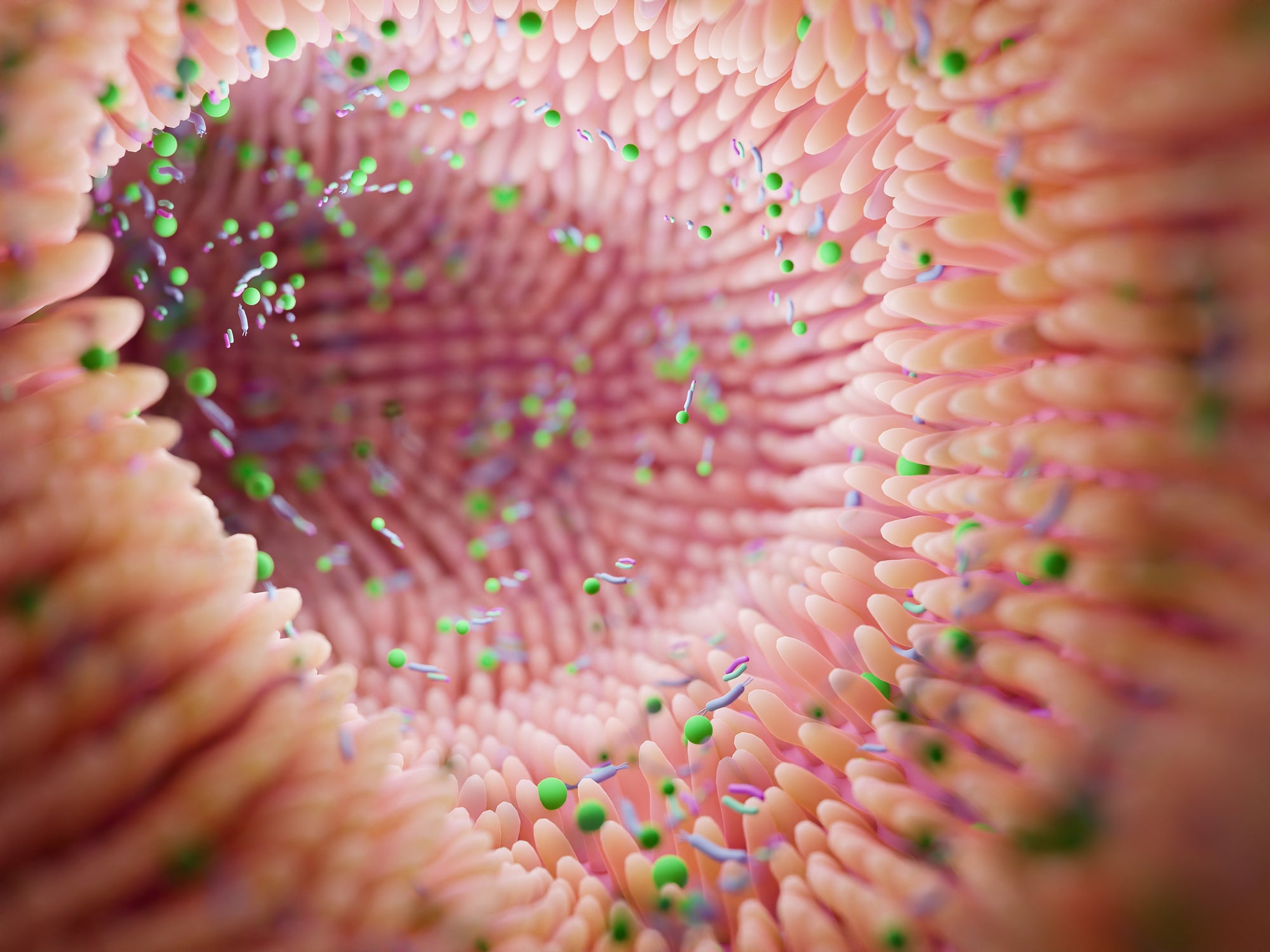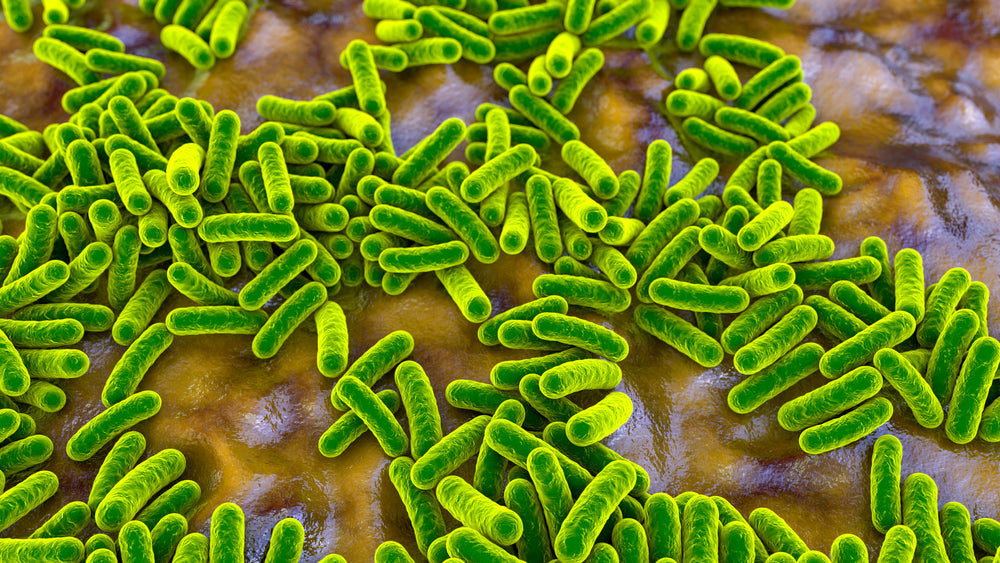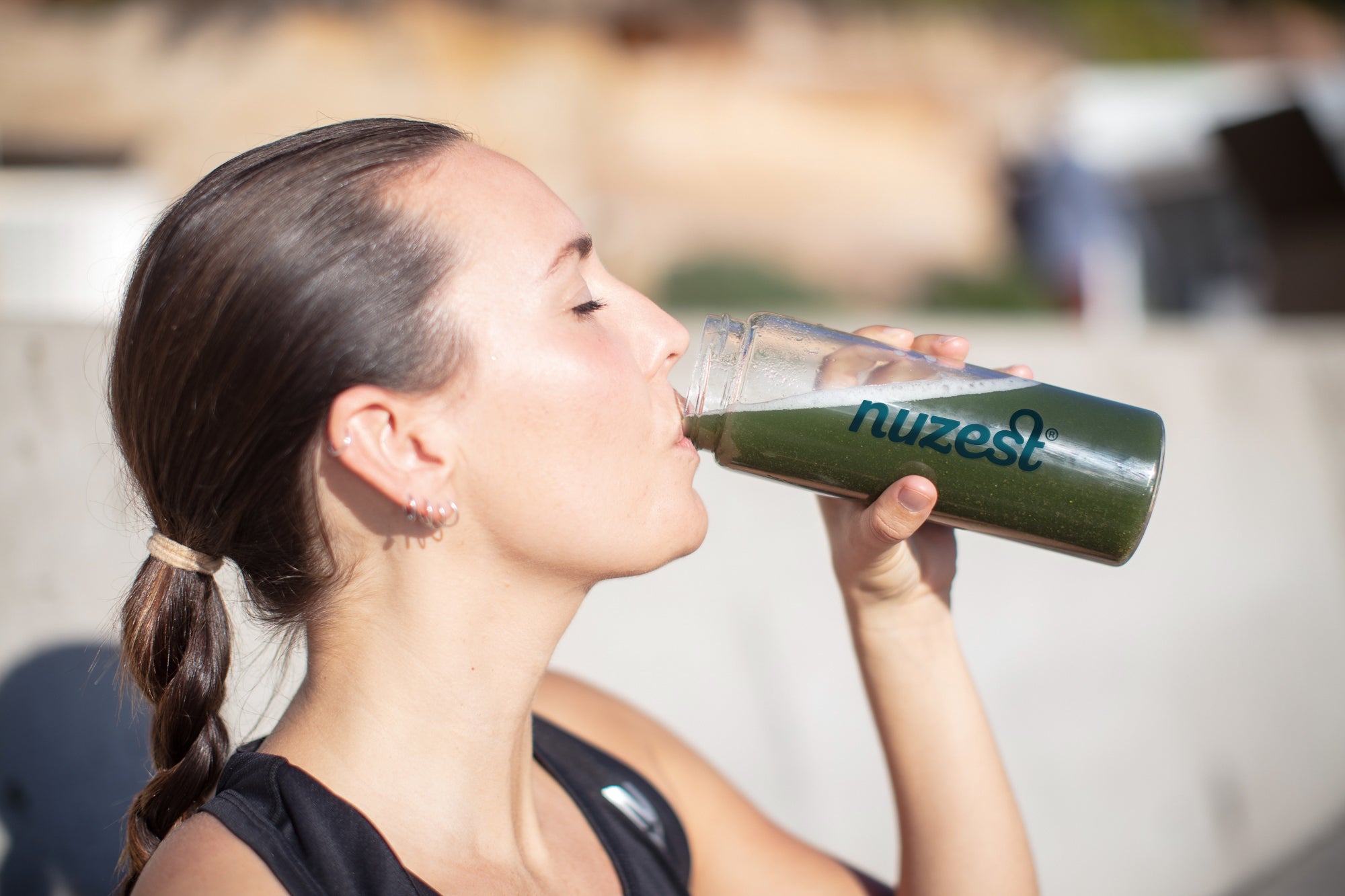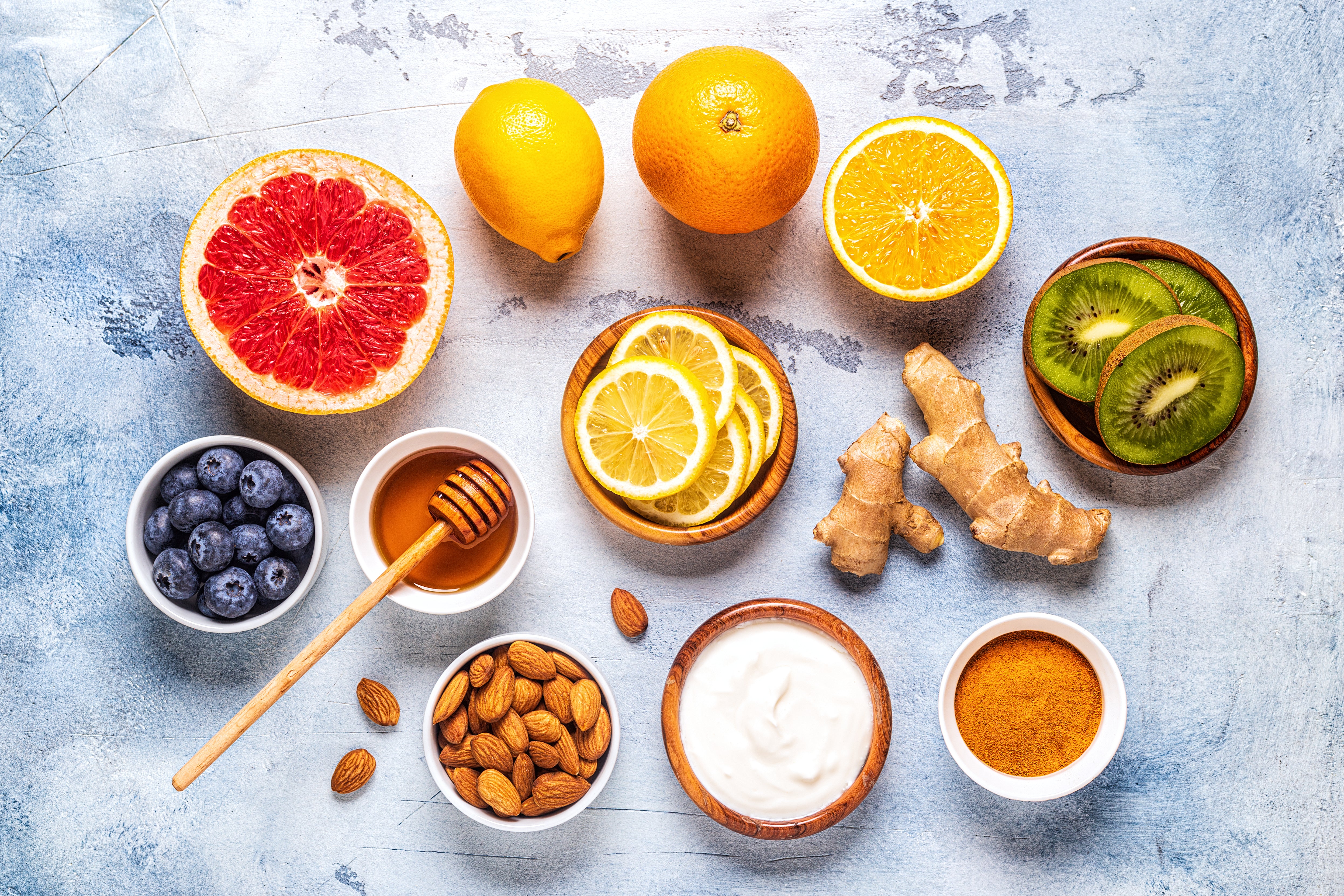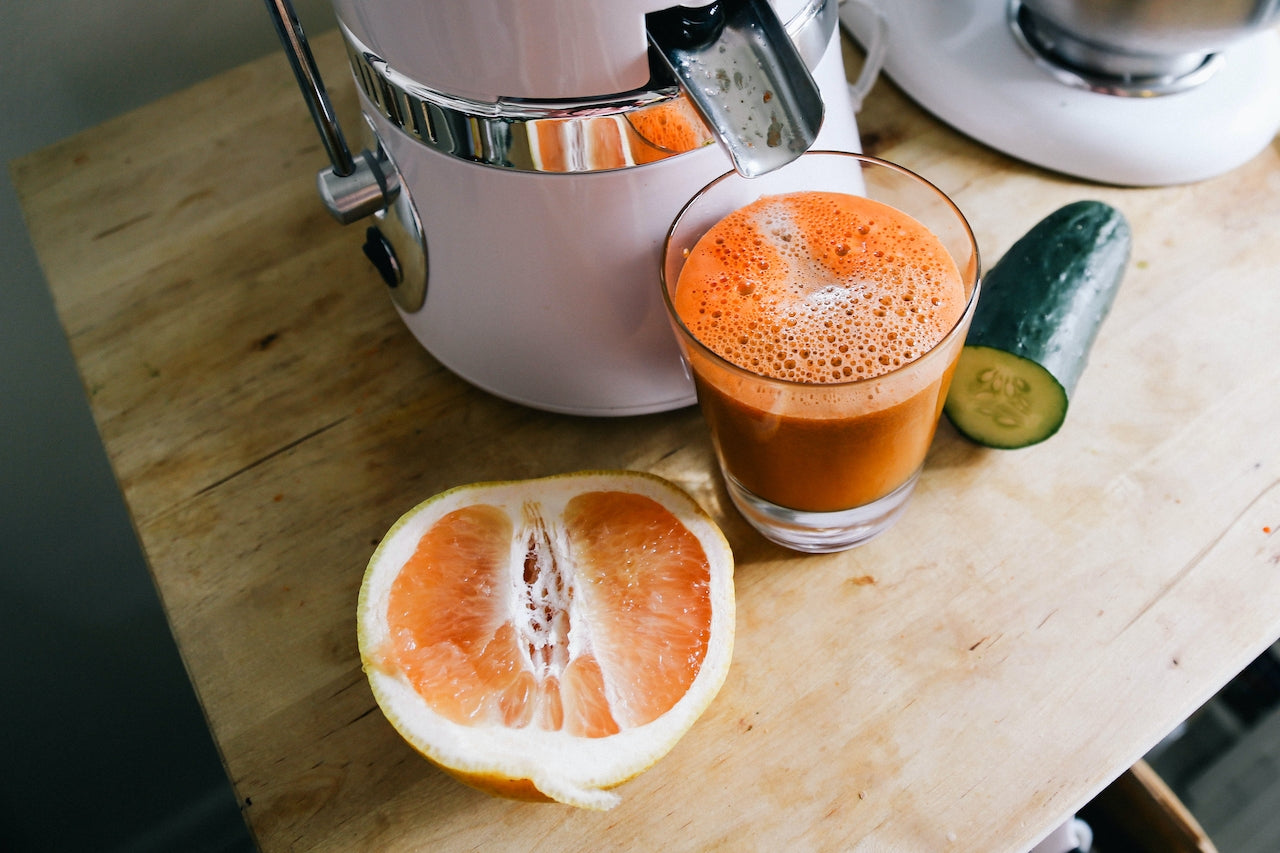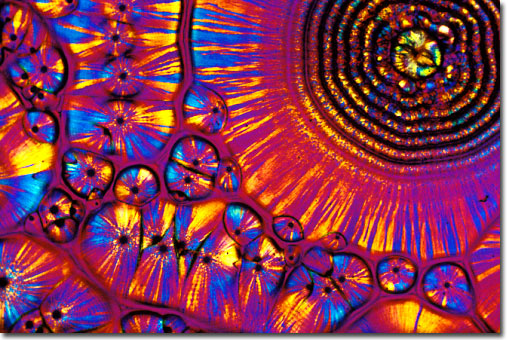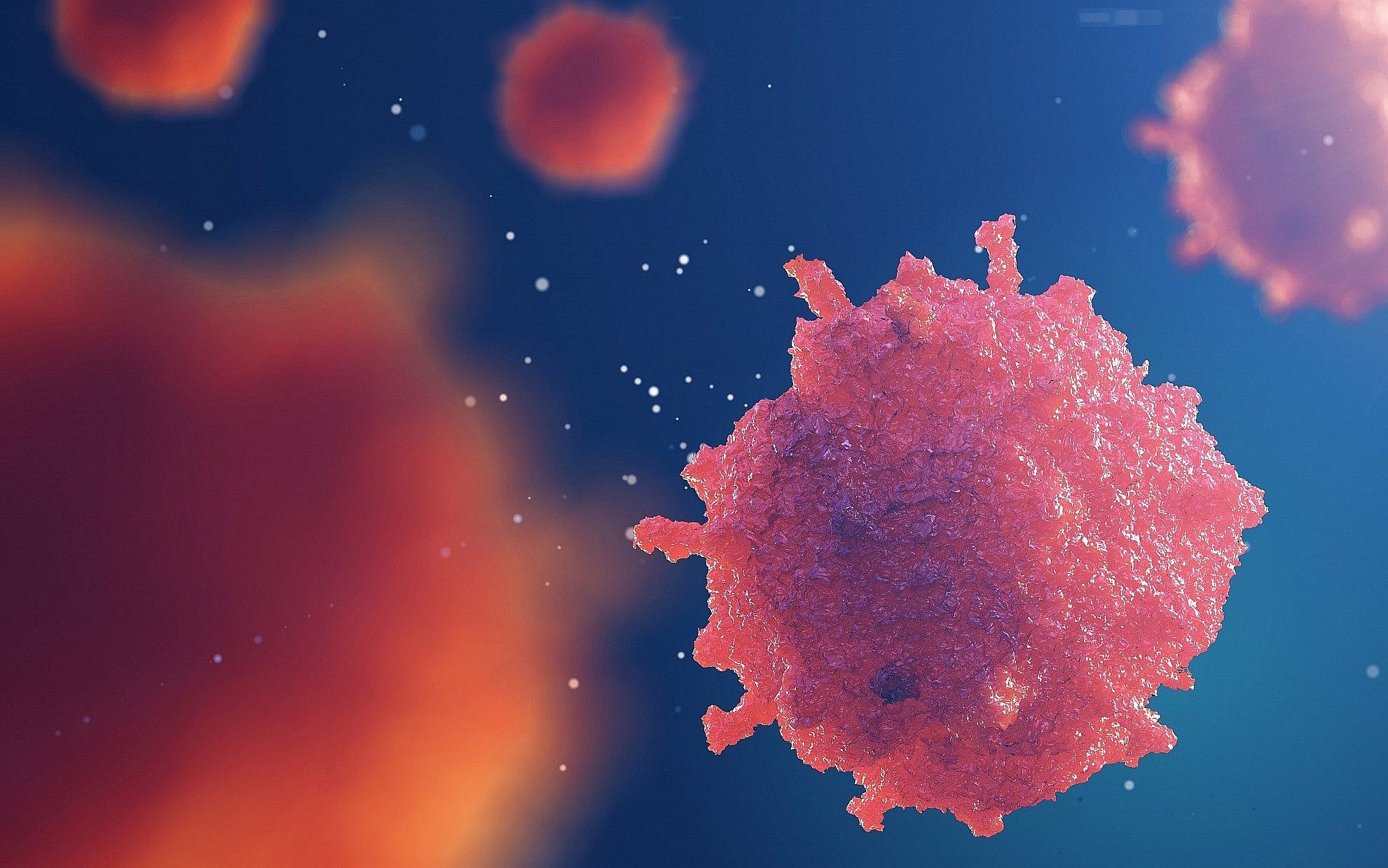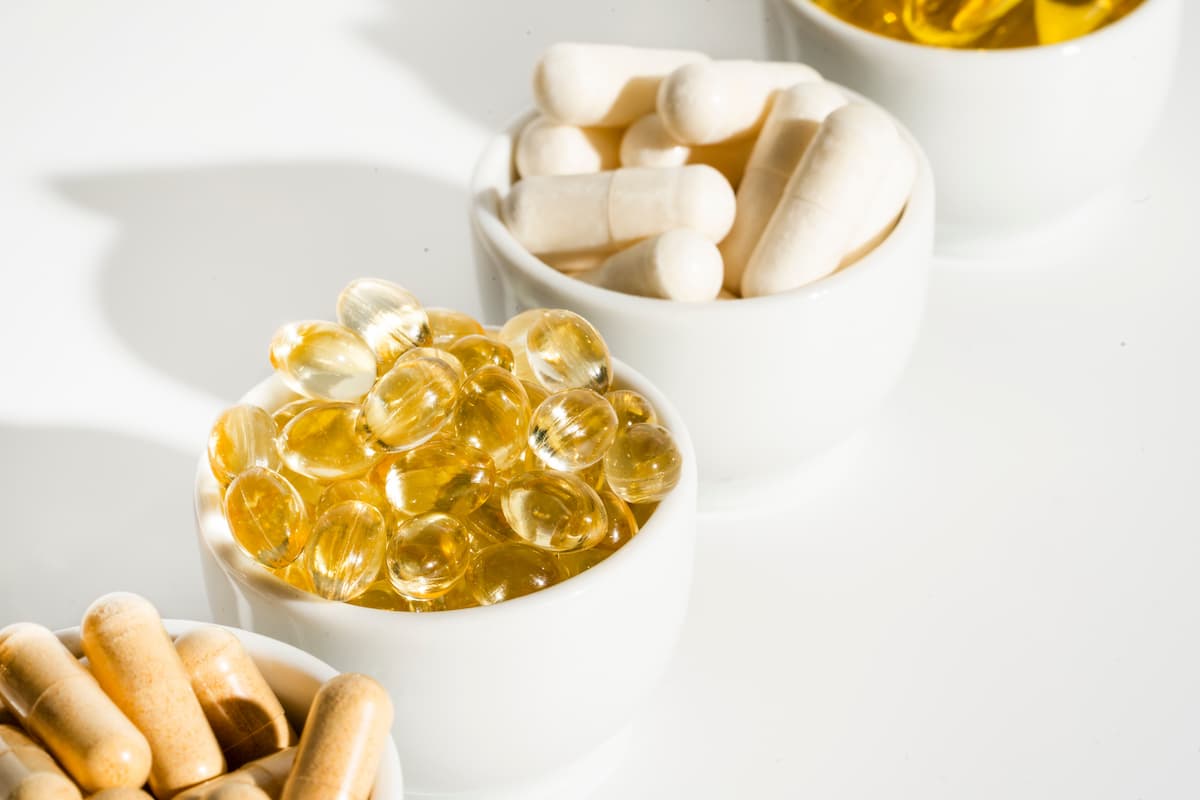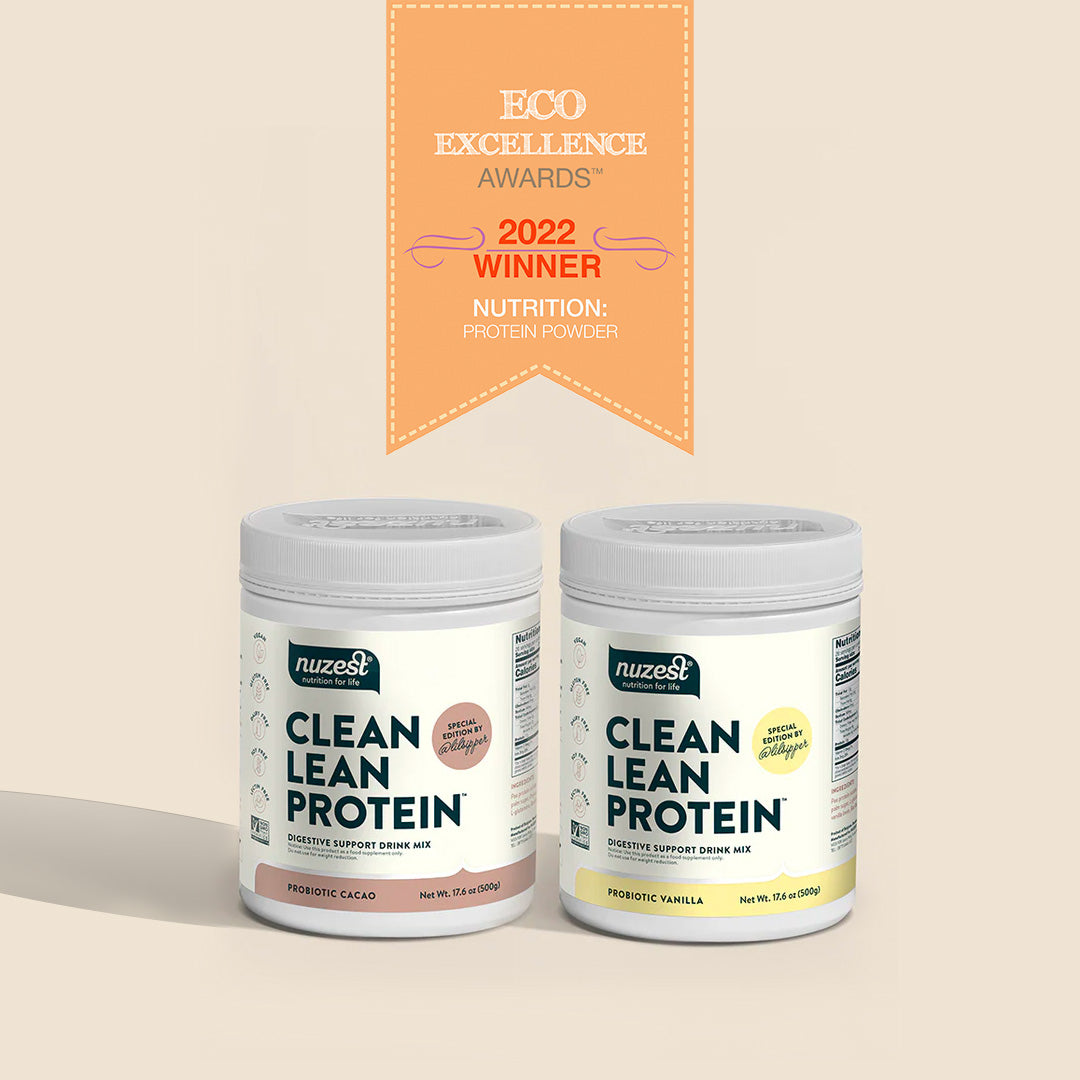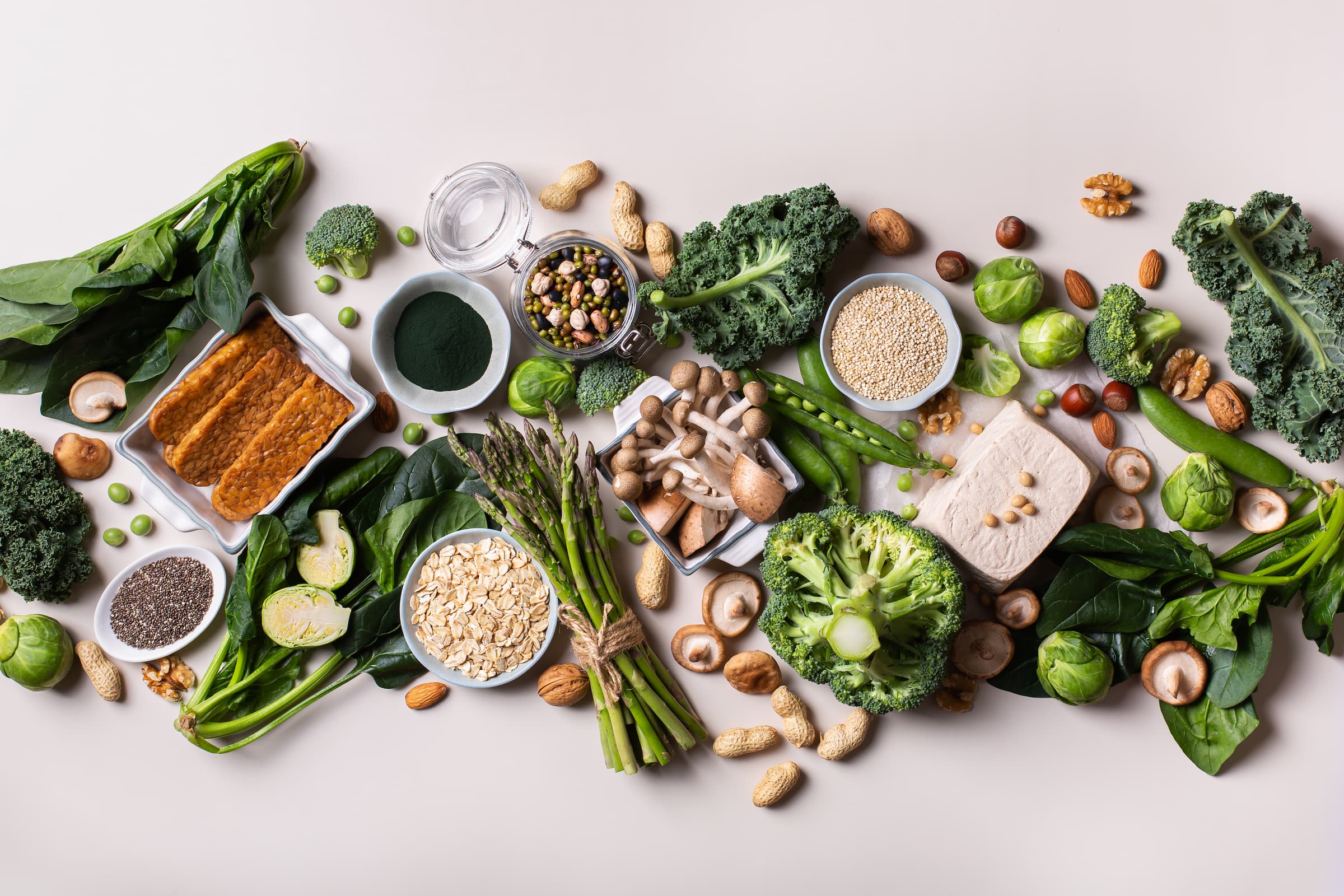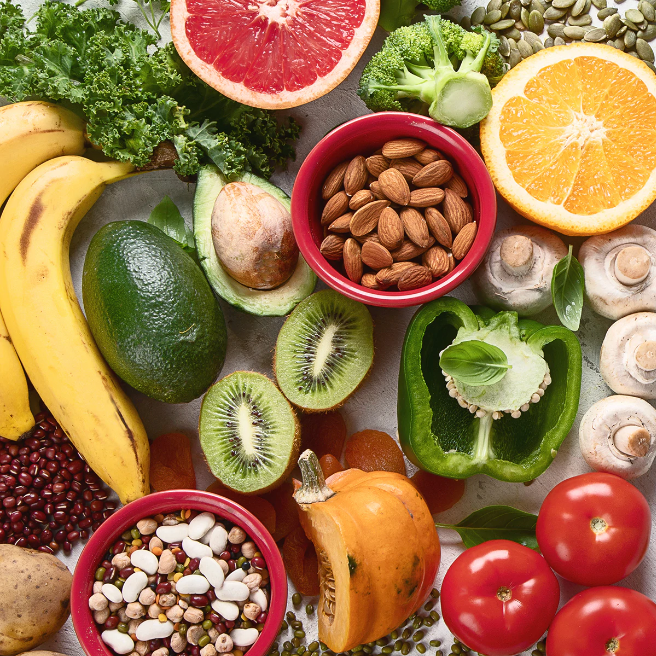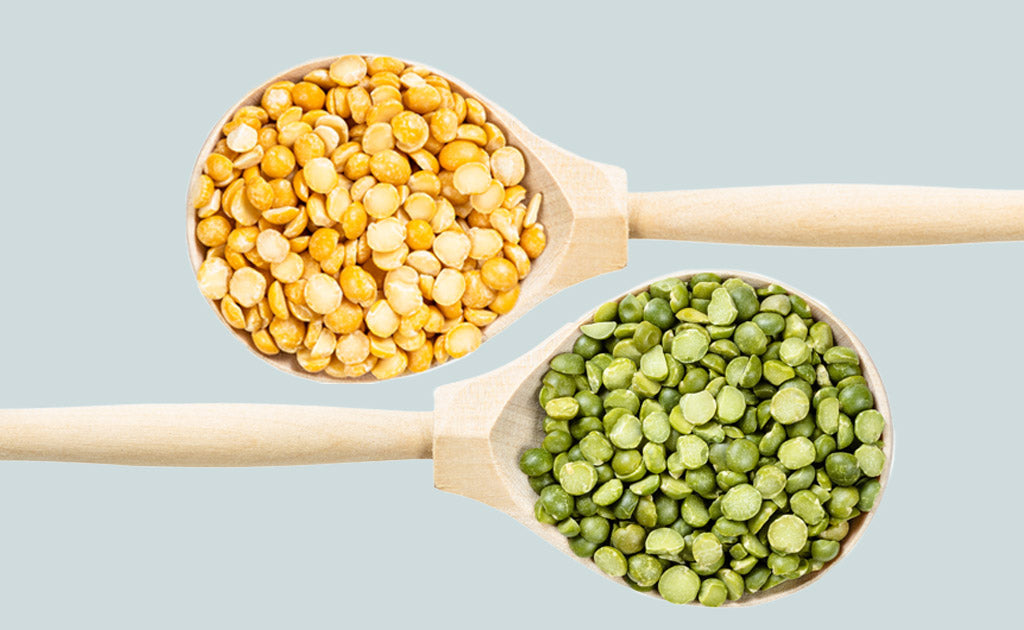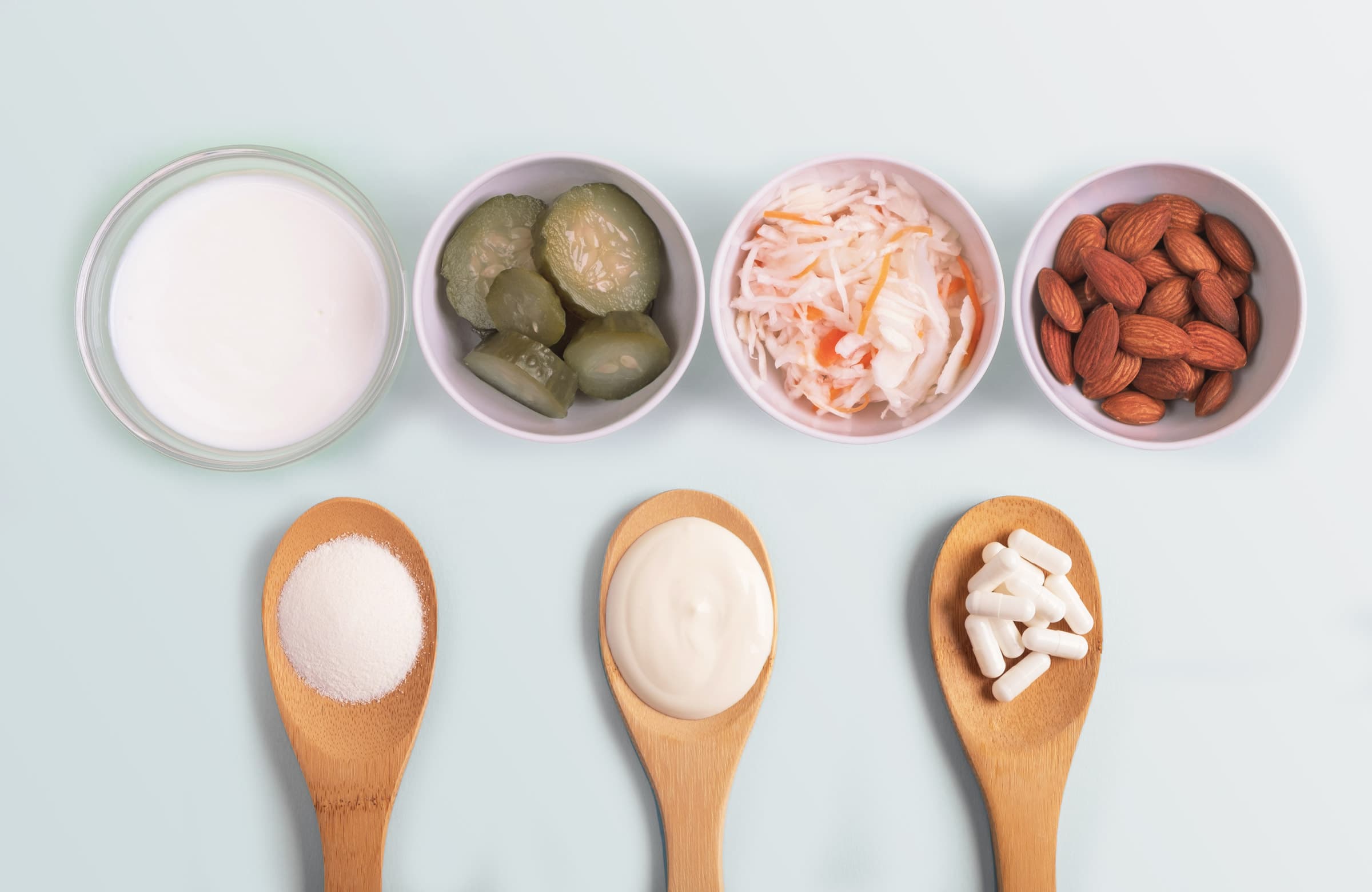AUTHOR: Cliff Harvey, PhD (Clinical Nutritionist & Researcher)
The idea behind the paleo diet is that we haven’t really changed much since the time of the earliest humans, It has been said that, “From a genetic standpoint, humans living today are Stone Age hunter-gatherers displaced through time to a world that differs from that for which our genetic constitution was selected.”1 If you follow a paleo diet, you probably have a lot of questions about what you should eat. Continue reading if you are curious about consuming pea protein on a paleo diet.
Until very recently, hunter-gatherer people like the Inuit, Australian Aboriginals, Hadza, and others have lived in robust health. It's only with the introduction of modern, highly refined foods that they have begun to experience high rates of metabolic disorders, such as obesity and diabetes, that plague the modern western world.2-5
Table of Contents
What’s the Paleo Diet?
The modern paleo diet seeks to emulate hunter-gatherer diets by eliminating the processed and refined foods that are abundant in the modern world. And while the diet has received some criticism, research shows many benefits from following paleo, including improved satiety when compared to standard dietary guidelines,6-8 reduced cholesterol, triglycerides (fats in the blood), and other markers of heart disease,9,10 along with improved fat-loss and muscle retention.11,12
Table 1. Paleo food guide. By the author. Modified from The Carbohydrate Appropriate Diet

Can I have Pea Protein on a Paleo Diet?
Legumes (like peas, lentils, chickpeas, and mung beans) are typically avoided on a paleo-style diet because they contain various anti-nutrients, such as phytic acid, that can inhibit the absorption of minerals, along with trypsin inhibitors and other compounds that can impair protein digestion. Overall though, these aren’t actually an issue for most people. Not to mention that phytic acid and many of the other anti-nutrients are also reduced markedly during most types of food preparation, including cooking, soaking, and sprouting. Nowadays, high-quality pea protein isolates are processed using a low-heat, enzymatic isolation process (which is functionally very similar to fermenting or sprouting) and this effectively removes almost all the phytate, lectins, saponins, and trypsin inhibitors. As you can see in the table below, pea protein isolate contains practically no anti-nutrients.

So, despite it being derived from a legume, pea protein isolate has become a favorite of many in the paleo community, especially many CrossFit athletes who were early adopters of Clean Lean Protein because it provides a convenient, high-protein and low-carb option that is also free from other common allergens like gluten, dairy proteins, and soy.
So, while it’s not technically paleo, pea protein isolate is paleo-friendly because it offers a low-allergen, easy to digest, high-protein option that is practically free from anti-nutrients. Many people follow modified paleo-style approaches to diet and find that pea protein isolate helps them to get in the protein that they need when they need it.
References
-
Eaton SB, Konner M, Shostak M. Stone agers in the fast lane: Chronic degenerative diseases in evolutionary perspective. The American Journal of Medicine. 1988;84(4):739-49.
-
Sinclair HM. The Diet of Canadian Indians and Eskimos. Proceedings of the Nutrition Society. 1953;12(01):69-82.
-
O'Dea K. Westernisation, insulin resistance and diabetes in Australian aborigines. Med J Aust. 1991;155(4):258-64.
-
O'Keefe JJH, Cordain L, Harris WH, Moe RM, Vogel R. Optimal low-density lipoprotein is 50 to 70 mg/dlLower is better and physiologically normal. Journal of the American College of Cardiology. 2004;43(11):2142-6.
-
O'Dea K. Westernization and non-insulin-dependent diabetes in Australian Aborigines. Ethn Dis. 1991;1(2):171-87.
-
Bligh HF, Godsland IF, Frost G, Hunter KJ, Murray P, MacAulay K, et al. Plant-rich mixed meals based on Palaeolithic diet principles have a dramatic impact on incretin, peptide YY and satiety response, but show little effect on glucose and insulin homeostasis: an acute-effects randomised study. Br J Nutr. 2015;113:574-84.
-
Jönsson T, Granfeldt Y, Lindeberg S, Hallberg A-C. Subjective satiety and other experiences of a Paleolithic diet compared to a diabetes diet in patients with type 2 diabetes. Nutrition Journal. 2013;12:105.
-
Jonsson T, Granfeldt Y, Erlanson-Albertsson C, Ahren B, Lindeberg S. A paleolithic diet is more satiating per calorie than a mediterranean-like diet in individuals with ischemic heart disease. Nutr Metab (Lond). 2010;7:85.
-
Masharani U, Sherchan P, Schloetter M, Stratford S, Xiao A, Sebastian A, et al. Metabolic and physiologic effects from consuming a hunter-gatherer (Paleolithic)-type diet in type 2 diabetes. Eur J Clin Nutr. 2015.
-
Frassetto LA, Schloetter M, Mietus-Synder M, Morris RC, Jr., Sebastian A. Metabolic and physiologic improvements from consuming a paleolithic, hunter-gatherer type diet. Eur J Clin Nutr. 2009;63(8):947-55.
-
Mellberg C, Sandberg S, Ryberg M, Eriksson M, Brage S, Larsson C, et al. Long-term effects of a Palaeolithic-type diet in obese postmenopausal women: a 2-year randomized trial. Eur J Clin Nutr. 2014;68(3):350-7.
-
Ryberg M, Sandberg S, Mellberg C, Stegle O, Lindahl B, Larsson C, et al. A Palaeolithic-type diet causes strong tissue-specific effects on ectopic fat deposition in obese postmenopausal women. Journal of Internal Medicine. 2013;274(1):67-76.
